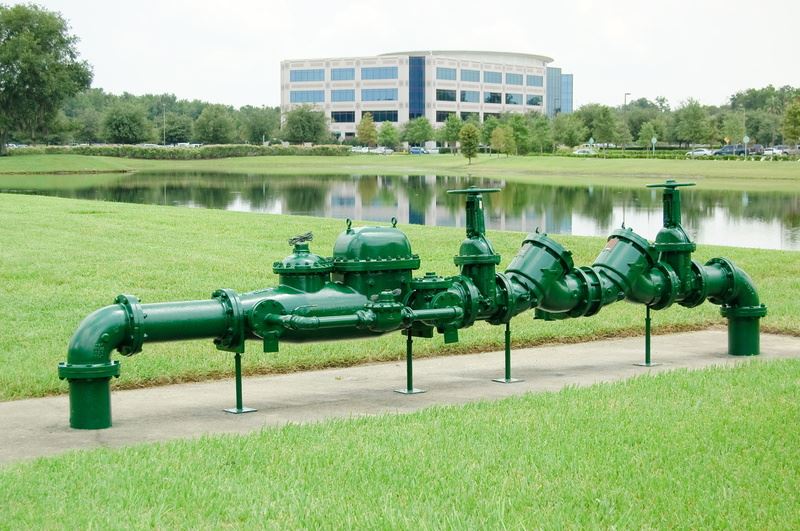 What do you think of when you think of serious plumbing problems? A leaky faucet wasting water in your home? Perhaps a drainage system that always seems to slow down and clog up, no matter what you do? These are very common problems, and they are indeed serious hassles that could potentially signify even worse problems with your system. Another potential issue that you probably don't give very much though, though, is backflow.
What do you think of when you think of serious plumbing problems? A leaky faucet wasting water in your home? Perhaps a drainage system that always seems to slow down and clog up, no matter what you do? These are very common problems, and they are indeed serious hassles that could potentially signify even worse problems with your system. Another potential issue that you probably don't give very much though, though, is backflow.
In fact, we're willing to be that there is a good chance that you've never even heard of backflow before. That doesn't mean that it's not a potential issue on your property, though, or even that there are not already fail-safes in place to help protect you from the dangers that backflow can present. Today we want to talk a bit about backflow, the problems that it can cause, and who can stand to benefit from backflow prevention in Southington, CT.
What Is Backflow?
Backflow is a term that refers to water flowing in the wrong direction in a plumbing system. When you use an outdoor faucet with a hose, water should go out only -- never in. When you flush your toilet, you don't want any materials entering the sewer reintroduced to your home. These are the types of situation sin which the term "backflow" is applied.
Why Does This Happen?
Generally speaking, backflow will occur due to backsiphonage or a drop in pressure on one side of the plumbing system. Say that a fire hydrant in the vicinity is put into use, or a water main should burst. These occurrences could create such an imbalance that water could flow the wrong way in the system. If you were to leave a hose in a pool as it filled, that hose could also potentially pull that water into your plumbing system.
How Worried Should I Be?
Probably not too worried. For the most part, residential properties don't really require large backflow assemblies. Those with certain attributes, including sprinkler or irrigation systems, are at greater risk for issues with backflow, though. If you use such systems, further backflow prevention may be necessary.
In general, though, residential properties have backflow preventers that are neither testable or accessible. They are built into certain pipes and connections to prevent any cross contamination. The large assembly types of backflow preventers, as pictured, are used in commercial applications. You should also remember that a major concern with backflow is protecting public water supplies. It is not as though your sewer line is in any way connected to your water supply lines, after all.
What Maintenance Do Backflow Preventers Require?
If you do have a backflow preventer that requires testing -- meaning one that is actually accessible, not a simple one way valve in a pipe -- then you need to have that backflow preventer tested as required by law by qualified professionals. This is not something that just any plumber can do, and regulations surrounding the practice are strict.
Learn a bit more about backflow prevention in Connecticut here. Live more comfortably, choose Dynamic Mechanical.
